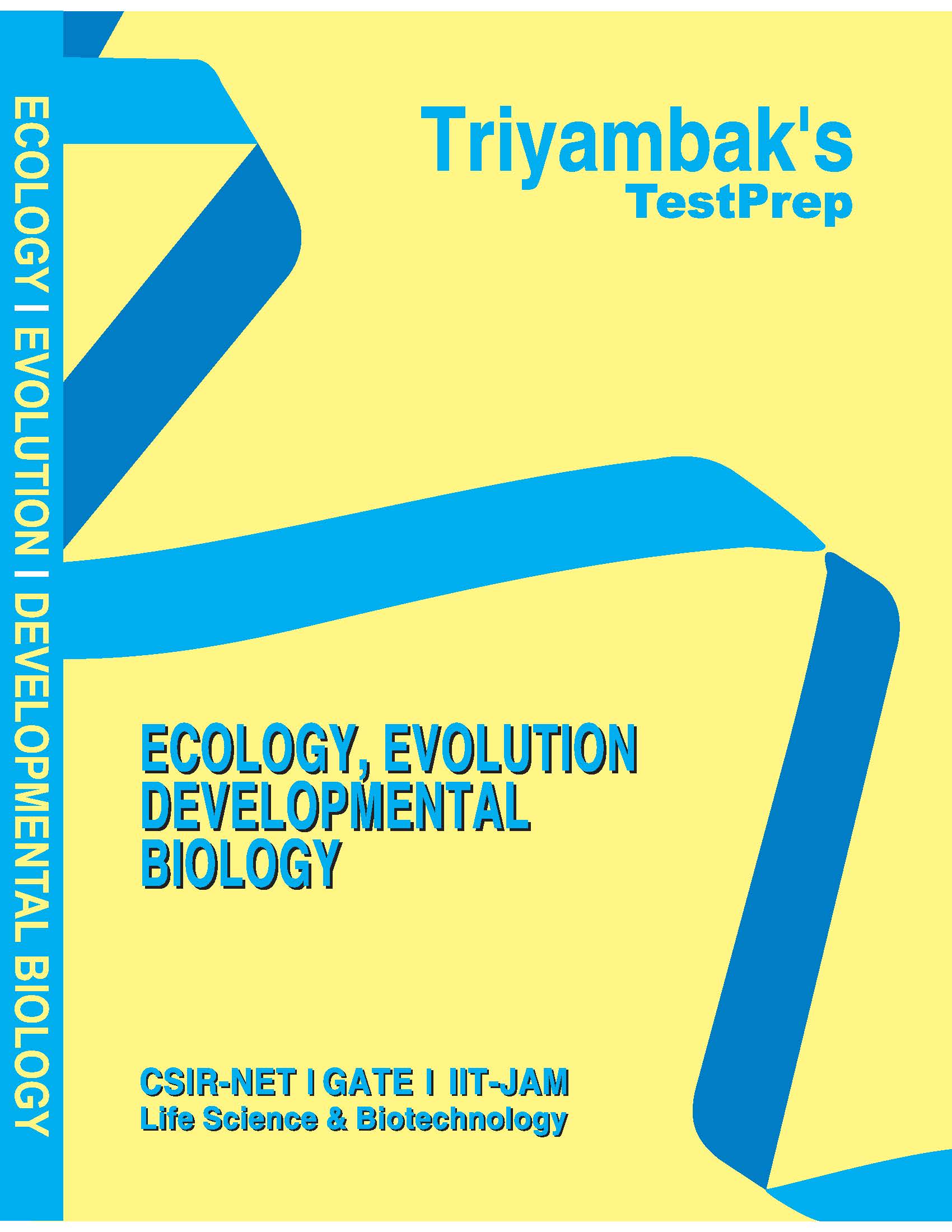
Ecology, Evolution & Developmental Biology TestPrep
Category: Book
₹250 ( IN STOCK )
Inclusive of all taxes
Product Description
A test bank for ecology, evolution, and developmental biology is a comprehensive collection of exam questions and related materials designed to aid both educators and students in the study and assessment of these scientific disciplines. Here’s an overview of what such a test bank might include and how it can be used effectively: 1. Contents of a Test Bank **1.1. Ecology Questions: Fundamentals: Basic concepts such as ecosystems, energy flow, nutrient cycles, and biotic vs. abiotic factors. Population Ecology: Topics like population dynamics, growth models (e.g., exponential, logistic), and factors affecting population size. Community Ecology: Interactions between species (predation, competition, mutualism), community structure, and succession. Ecosystem Ecology: Energy and matter flow, primary productivity, and ecosystem services. **1.2. Evolution Questions: Historical Context: Theories of evolution (Lamarckism, Darwinism, Modern Synthesis). Mechanisms: Natural selection, genetic drift, gene flow, and mutation. Speciation: Processes and types of speciation, including allopatric, sympatric, and parapatric. Evolutionary Patterns: Phylogenetics, evolutionary trees, and macroevolutionary trends. **1.3. Developmental Biology Questions: Embryogenesis: Stages of embryonic development, cell differentiation, and morphogenesis. Genetic Regulation: Gene expression, regulatory networks, and the role of transcription factors. Developmental Pathways: Developmental processes such as pattern formation, organogenesis, and the influence of environmental factors. Model Organisms: Study of model organisms like Drosophila, zebrafish, and mice. 2. Types of Questions **2.1. Multiple Choice Questions (MCQs): Useful for assessing knowledge across a wide range of topics quickly. Can include single-answer and multiple-answer questions. **2.2. Short Answer Questions: Require students to provide brief, focused answers. Test understanding of concepts and the ability to apply them. **2.3. Essay Questions: Allow for deeper exploration of topics. Assess students’ ability to integrate knowledge and articulate complex ideas. **2.4. Case Studies and Scenarios: Provide practical application of theoretical knowledge. Can involve analysis and problem-solving. 3. Uses of a Test Bank **3.1. For Educators: Creating Exams: Provides a variety of questions to construct balanced and comprehensive exams. Assessing Understanding: Helps in gauging the depth of student comprehension and identifying areas needing review. Developing Study Guides: Can be used to create study materials that align with the exam content. **3.2. For Students: Practice and Review: Allows students to test their knowledge and identify areas for improvement. Exam Preparation: Provides a framework for studying and understanding the types of questions that may appear on exams. Self-Assessment: Enables students to assess their readiness and grasp of the material. 4. Best Practices **4.1. Alignment with Curriculum: Ensure that questions are relevant to the specific curriculum and learning objectives. **4.2. Variety in Question Types: Include a range of question types to assess different levels of understanding. **4.3. Regular Updates: Keep the test bank current with recent advances in the field and changes in the curriculum. **4.4. Ethical Use: Use test banks responsibly to maintain academic integrity and avoid over-reliance on rote memorization. By incorporating a well-structured test bank, educators and students can enhance their learning and teaching experiences in ecology, evolution, and developmental biology.
